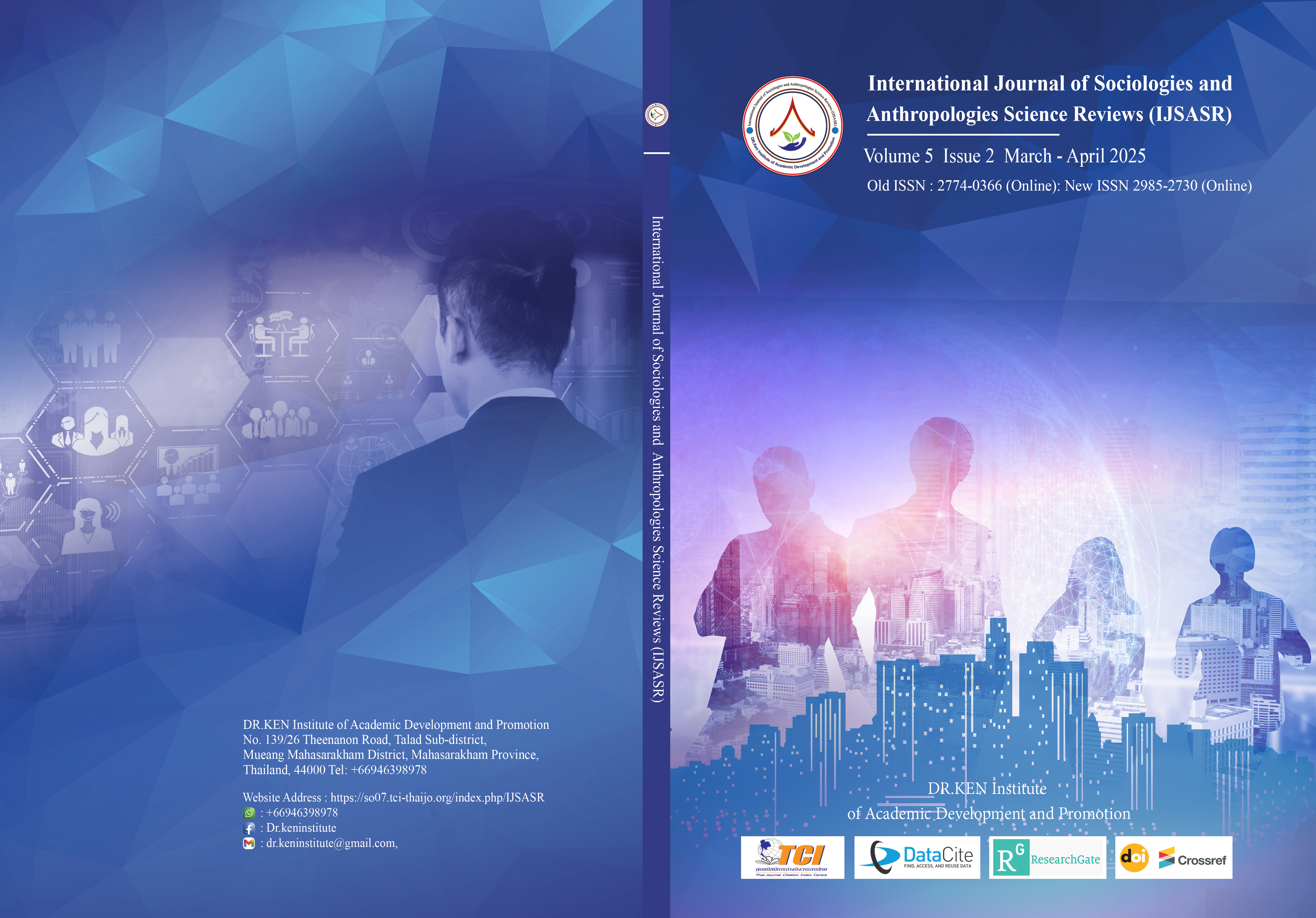The Effect of Music Notation Software on Improving the Level of Improvisation Playing and Singing of Children's Songs for College Students
Main Article Content
Abstract
Background and Aim: Traditional music education methods may be outdated and fail to engage students accustomed to interactive learning. Integrating computer technology into teaching can provide a dynamic platform to enrich teaching methods and address the monotony of conventional instruction. This study is designed to explore the efficacy of JPW software in enhancing children's impromptu playing and singing skills, its role as an educational tool in advancing these musical competencies, and the level of satisfaction among children with its use in learning environments.
Materials and Methods: The study focuses on second-year Preschool Education majors from Yiyang Normal College of Higher Vocational Education. Participants were divided into two groups: an experimental group and a control group, each comprising 42 students. Under the mentorship of their instructors, both groups were tasked with learning to play and sing ten children's songs over 12 weeks. In the qualitative phase of the study, ten students from the experimental group were randomly selected for interviews conducted in the 13th week. The control group was taught using conventional methods, whereas the experimental group was introduced to the JPW music notation software to support their learning of children's song improvisation and singing. An independent samples T-test was employed for statistical hypothesis testing, complemented by content analysis for the qualitative assessment of data.
Results: Quantitative results: there is a significant improvement in the experimental group students' performance in accuracy, artistic expression, piano accompaniment, arrangement ability, and singing and playing coordination skills when JPW software is applied in children's song improvisation courses. Qualitative results: students have responded positively to the application of JPW software in children's song improvisation accompaniment classes.
Conclusion: This study's results show that JPW software is significantly superior to traditional teaching methods in cultivating students' musical ability.
Article Details

This work is licensed under a Creative Commons Attribution-NonCommercial-NoDerivatives 4.0 International License.
Copyright on any article in the International Journal of Sociologies and Anthropologies Science Reviews is retained by the author(s) under the under the Creative Commons Attribution-NonCommercial-NoDerivatives 4.0 International License. Permission to use text, content, images, etc. of publication. Any user to read, download, copy, distribute, print, search, or link to the full texts of articles, crawl them for indexing, pass them as data to software, or use them for any other lawful purpose. But do not use it for commercial use or with the intent to benefit any business.

References
Ayderova, V., Yi, W. H., Wong, C., & Augustine, C. (2021). Music notation software as a visual-aural model in self-regulated practice. Social Sciences, 11(12), 344-360.
Bai, J., & Wang, J. (2019). Research on the application of score software in ear training. Peony, 26, 65-66.
Fadel, C., & Trilling, B. (2010). 21st-century skills: Learning for life in our times. Education Review.
Johnson, A. B. (2019). Enhancing complex musical concept understanding through educational technology. International Journal of Music Education, 37(2), 201-215.
Li, A. H. (2013). Research and practice of score-editing software in the teaching reform of "chorus and conducting." China Educational Technology, 4, 123-125.
Luo, T. H. (2019). Exploring the Practice of Children's Song Improvisational Accompaniment and Singing Course Teaching in the Context of Teacher Education Accreditation: A Case Study of the Department of Early Childhood Education at Shantou Polytechnic College. Southern Vocational Education Journal, 5, 93-96.
Ma, L. (2019). The Application of Online Course Platforms in Pre-Vocational Piano Improvisation and Singing Courses in Higher Vocational Education. Modern Communication, 19, 188-189.
Mona, D., & Hidayat, H. A. (2021). Utilization Software Sibelius Basic Vocals in Department of Sendratasik Universitas Negeri Padang. In Ninth International Conference on Language and Arts (ICLA 2020) (pp. 354-358). Atlantis Press.
Norman, T. D. (2023). Free music notation software and web-based applications. Journal of General Music Education, 36(3), 51-52.
Smith, J. (2018). The impact of music notation software on student engagement and skill development. Journal of Music Education Technology, 22(3), 123-140.
Tan, M. (2019). Enhancing Students' Musical Performance Using Notation Software: A Case Study of Elementary School Percussion Instruction in Lower Grades. Testing and Research, (17), 92.
Wang, H. (2015). The application of computer music production technology in college music teaching. Journal of Qinghai Normal University (Philosophy and Social Science Edition), 172(5), 132-136.
Xiang, M. (2019). Enhancing students' musical expressiveness through notation software: A case study of teaching percussion instruments in lower primary school classes. Test Questions and Research, (17), 92.
Yu, Y. (2008). A Comparison and Reflection on Music Notation Software. Yellow River Sound, 21, 50-51.
Zhang, D., & Li, N. (2015). On the rational use of multimedia in piano accompaniment classes. Home of Drama, 3, 232-232.






